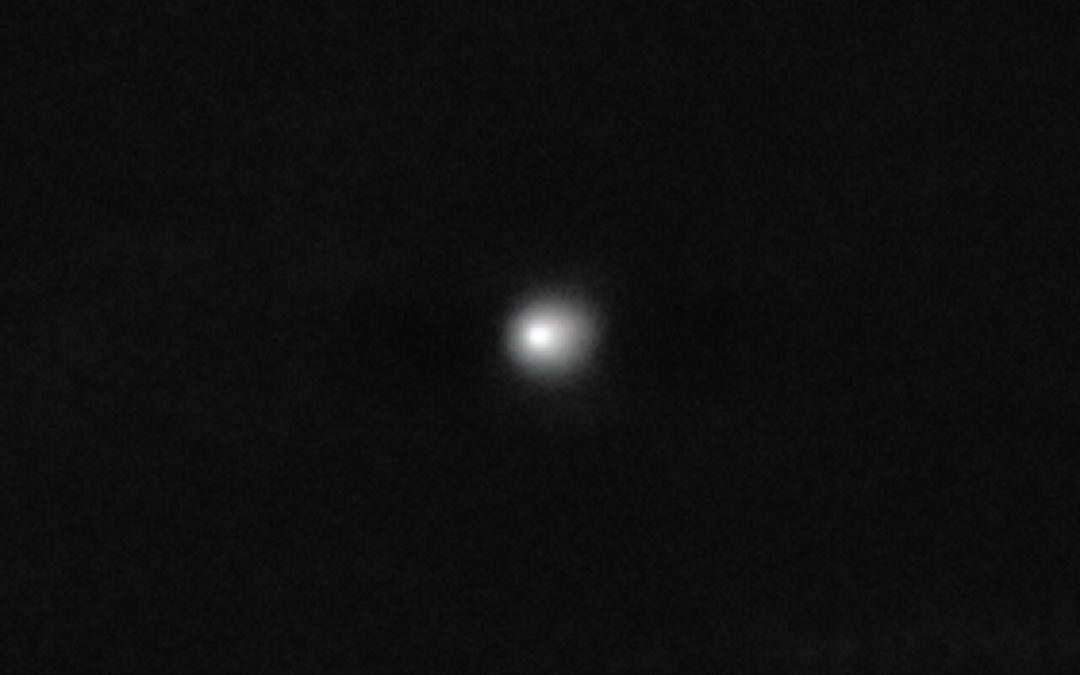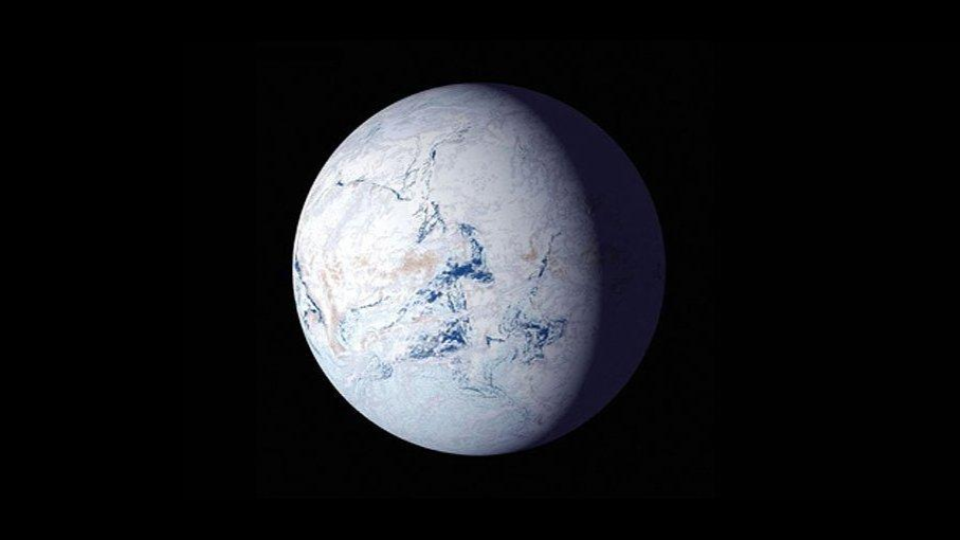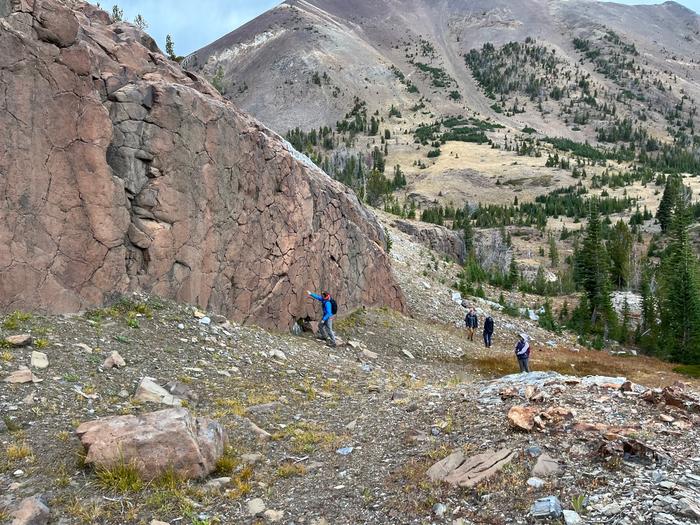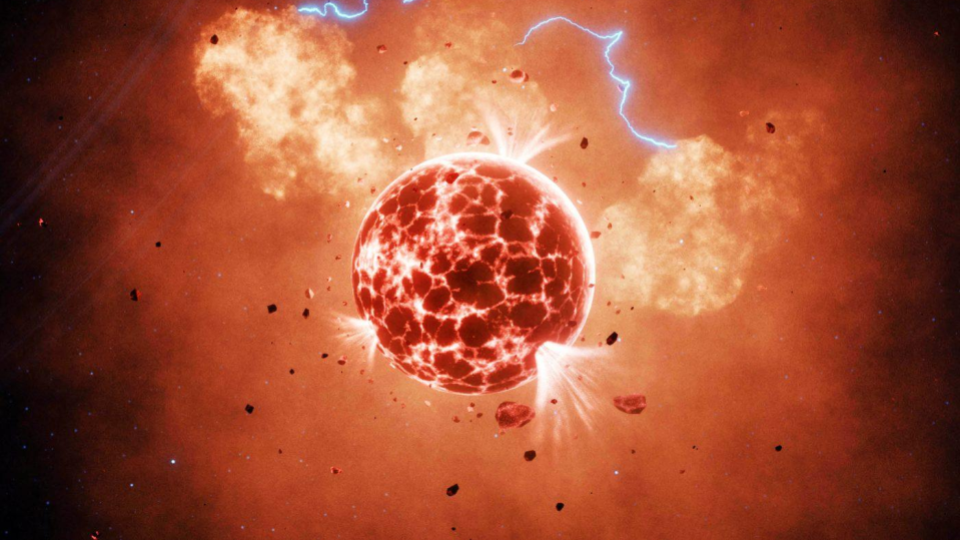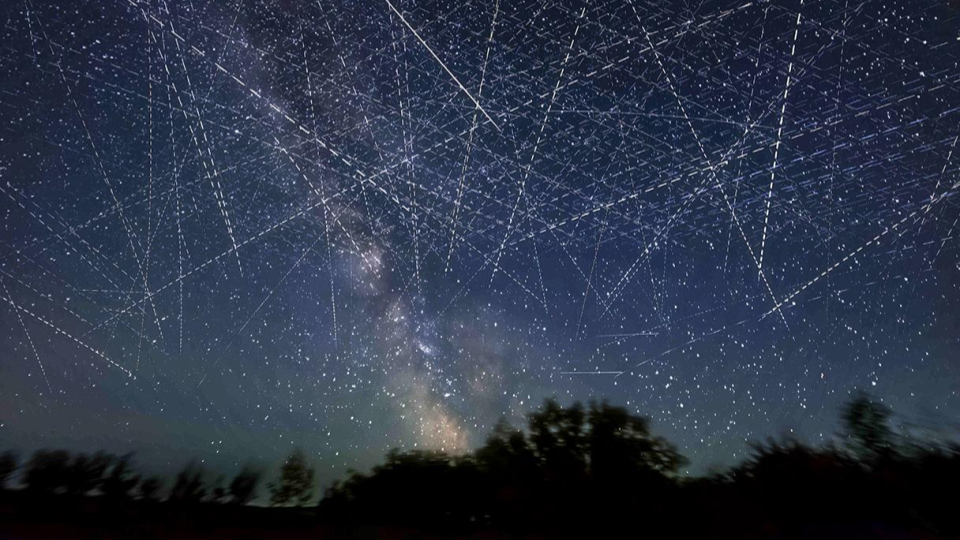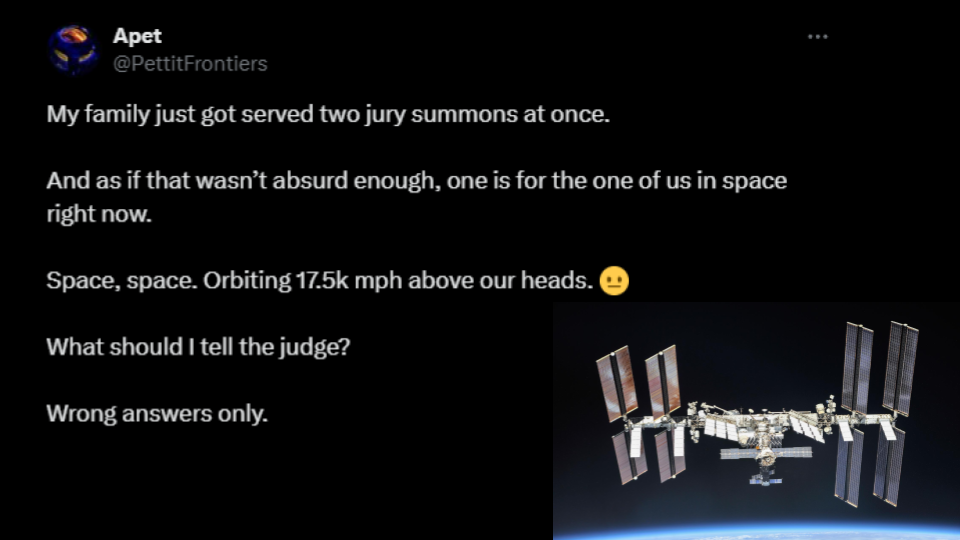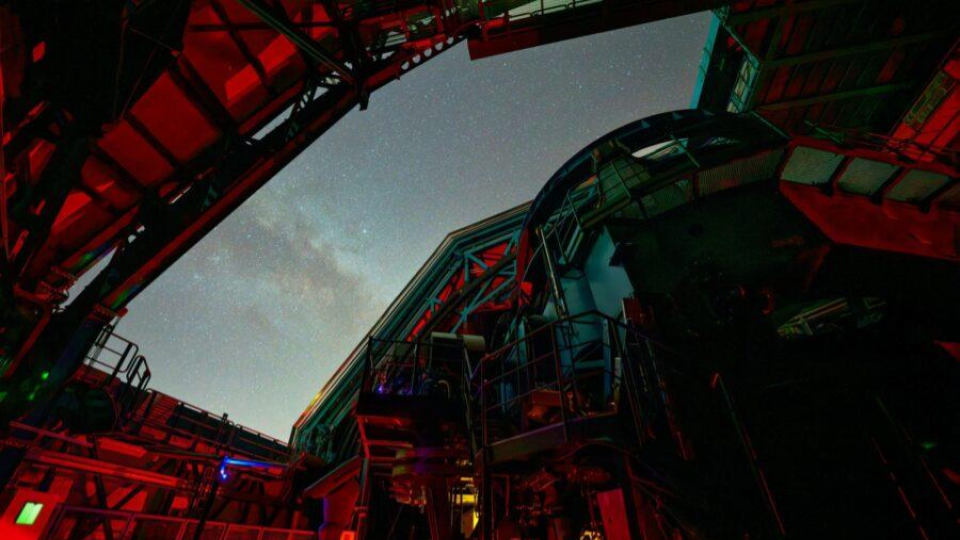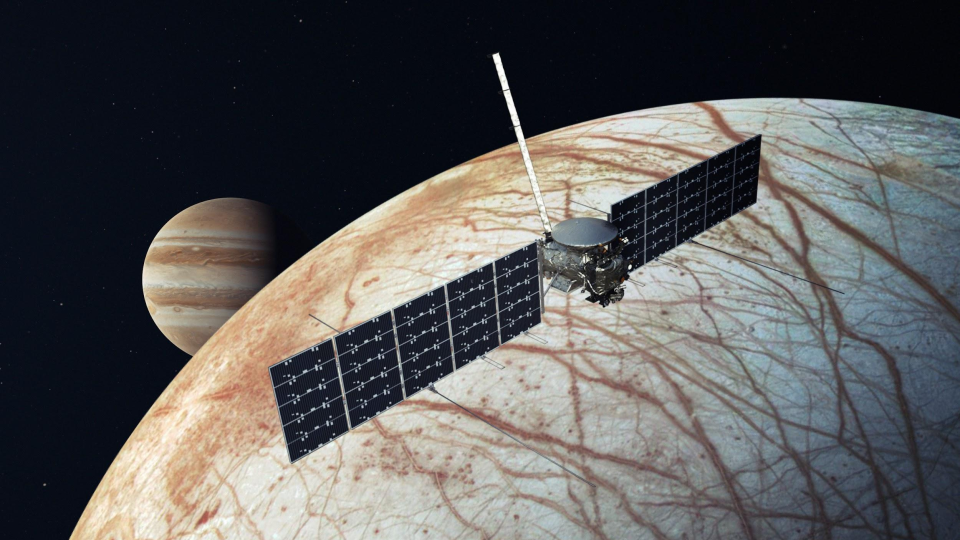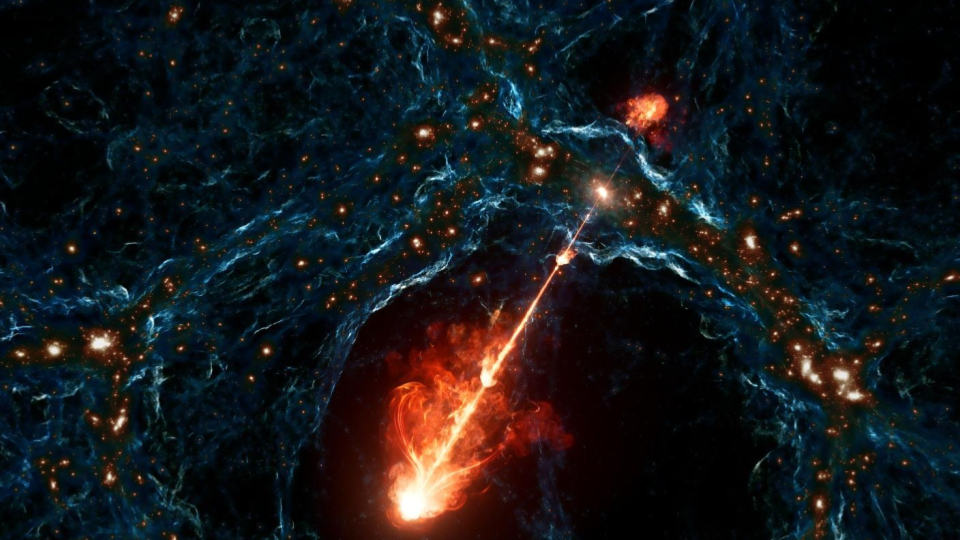Interstellar Object 3I/ATLAS I want to call your attention to an assuming moving dot. Catalogued as 3I/ATLAS, this high speed dot is moving at more than the escape velocity of our Solar System as it comes crashing through on its journey through the Milky Way. This dot is moving at a whopping 68 km/sec! Folks, this is an interstellar object that originated from some other star system. The ATLAS telescope in Chile discovered it on July 1. Amateur astronomer Sam Deen and others were able to find pre-discovery images take by the ATLAS and the Zwicky Transient Facility. The pre-discovery images...
